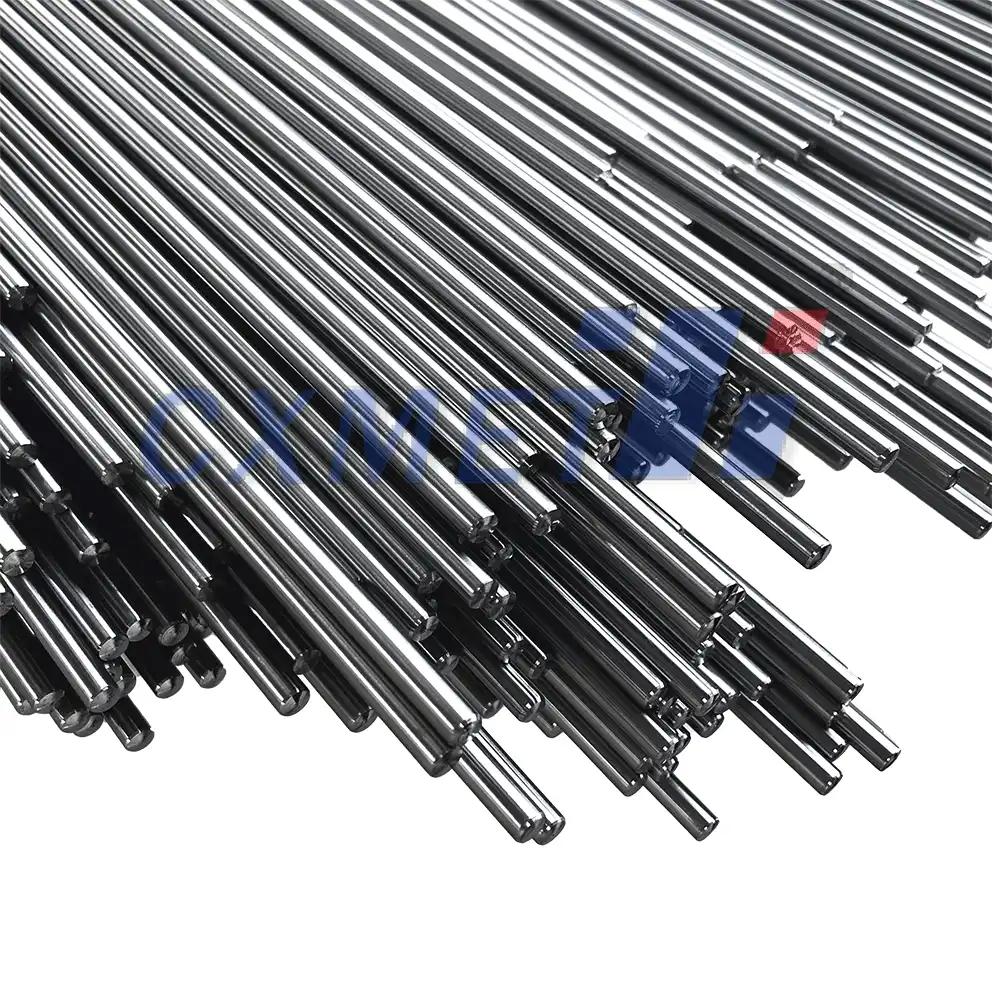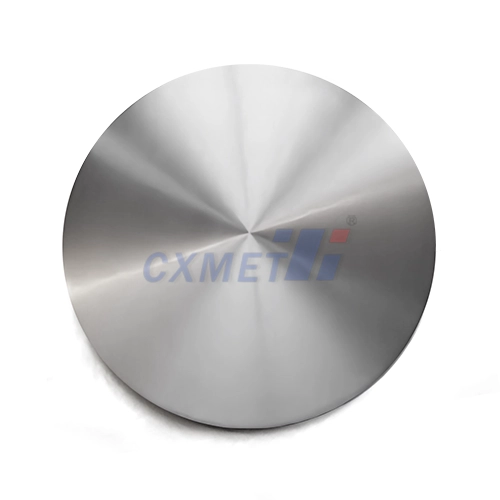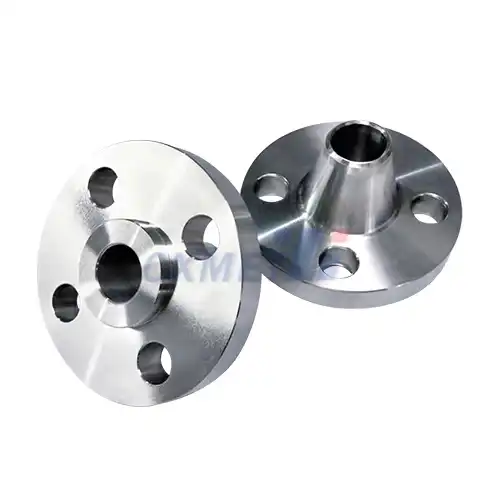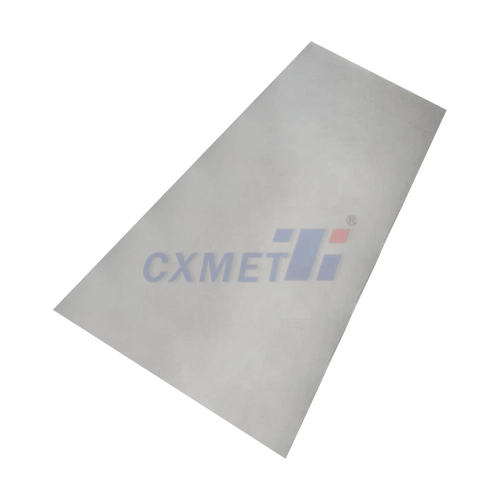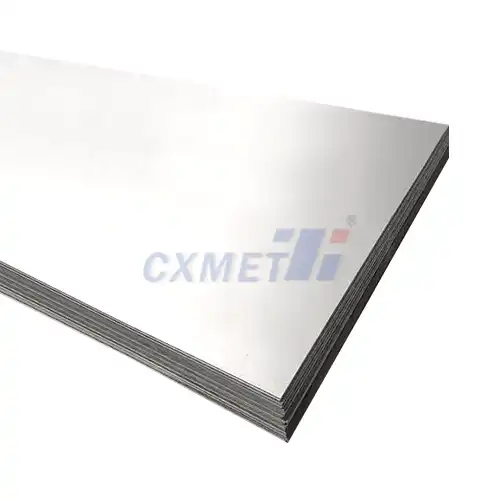- English
- French
- German
- Portuguese
- Spanish
- Russian
- Japanese
- Korean
- Arabic
- Greek
- German
- Turkish
- Italian
- Danish
- Romanian
- Indonesian
- Czech
- Afrikaans
- Swedish
- Polish
- Basque
- Catalan
- Esperanto
- Hindi
- Lao
- Albanian
- Amharic
- Armenian
- Azerbaijani
- Belarusian
- Bengali
- Bosnian
- Bulgarian
- Cebuano
- Chichewa
- Corsican
- Croatian
- Dutch
- Estonian
- Filipino
- Finnish
- Frisian
- Galician
- Georgian
- Gujarati
- Haitian
- Hausa
- Hawaiian
- Hebrew
- Hmong
- Hungarian
- Icelandic
- Igbo
- Javanese
- Kannada
- Kazakh
- Khmer
- Kurdish
- Kyrgyz
- Latin
- Latvian
- Lithuanian
- Luxembou..
- Macedonian
- Malagasy
- Malay
- Malayalam
- Maltese
- Maori
- Marathi
- Mongolian
- Burmese
- Nepali
- Norwegian
- Pashto
- Persian
- Punjabi
- Serbian
- Sesotho
- Sinhala
- Slovak
- Slovenian
- Somali
- Samoan
- Scots Gaelic
- Shona
- Sindhi
- Sundanese
- Swahili
- Tajik
- Tamil
- Telugu
- Thai
- Ukrainian
- Urdu
- Uzbek
- Vietnamese
- Welsh
- Xhosa
- Yiddish
- Yoruba
- Zulu
Can Ti-6AL-7Nb Titanium Alloy Wire be Welded or Machined Easily?
2025-02-26 13:19:56
Ti-6AL-7Nb Titanium Alloy Wire is a high-strength titanium alloy known for its excellent biocompatibility and corrosion resistance. This alloy is widely used in medical implants and aerospace applications due to its superior mechanical properties. When it comes to welding and machining Ti-6AL-7Nb titanium alloy wire, there are specific considerations and techniques that need to be taken into account. In this blog post, we'll explore the weldability and machinability of Ti-6AL-7Nb titanium alloy wire, as well as address some common questions related to its processing.
|
|
|
What are the best welding techniques for Ti-6AL-7Nb titanium alloy?
Welding Ti-6AL-7Nb Titanium Alloy Wire requires careful consideration of the material's properties and the specific application requirements. Several welding techniques can be employed, each with its own advantages and challenges:
- Tungsten Inert Gas (TIG) Welding: TIG welding is one of the most commonly used methods for joining Ti-6AL-7Nb titanium alloy. This technique offers excellent control over the weld pool and produces high-quality welds with minimal distortion. When TIG welding Ti-6AL-7Nb, it's crucial to use pure argon as a shielding gas to prevent oxidation and maintain the alloy's properties. The welding area should be thoroughly cleaned and free from contaminants to ensure a strong, defect-free weld.
- Electron Beam Welding (EBW): EBW is particularly suitable for welding Ti-6AL-7Nb in applications requiring deep penetration and narrow welds. This process is performed in a vacuum environment, which eliminates the need for shielding gas and provides excellent protection against atmospheric contamination. EBW produces high-quality welds with minimal heat-affected zones, making it ideal for joining thin Ti-6AL-7Nb wires or components with complex geometries.
- Laser Beam Welding: Laser welding offers high precision and can be used to join Ti-6AL-7Nb wires with minimal heat input. This technique is particularly useful for small-scale applications or when working with thin materials. Laser welding can produce narrow, deep welds with excellent mechanical properties, but proper shielding is essential to prevent oxidation.
When welding Ti-6AL-7Nb titanium alloy wire, it's crucial to consider the following factors:
- Cleanliness: Ensure that the welding area and filler material are free from contaminants, as titanium is highly reactive at high temperatures.
- Shielding: Use high-purity inert gases (such as argon) to protect the weld pool and heat-affected zone from atmospheric contamination.
- Heat input control: Minimize heat input to prevent excessive grain growth and maintain the alloy's mechanical properties.
- Post-weld heat treatment: Consider post-weld heat treatment to relieve residual stresses and optimize the weld's mechanical properties.
By carefully selecting the appropriate welding technique and following proper procedures, Ti-6AL-7Nb titanium alloy wire can be welded successfully for various applications in the medical and aerospace industries.
How does the machinability of Ti-6AL-7Nb compare to other titanium alloys?
The machinability of Ti-6AL-7Nb Titanium Alloy Wire is generally considered to be moderate compared to other titanium alloys. While it can be machined using conventional methods, there are some challenges and considerations that need to be addressed to achieve optimal results:
- Hardness and strength: Ti-6AL-7Nb has a higher strength-to-weight ratio compared to many other titanium alloys, which can make it more challenging to machine. The alloy's high strength and hardness can lead to increased tool wear and require more robust cutting tools.
- Work hardening: Like other titanium alloys, Ti-6AL-7Nb is prone to work hardening during machining. This means that the material becomes harder and more difficult to cut as it is being machined, potentially leading to increased tool wear and reduced surface quality.
- Heat generation: Titanium alloys, including Ti-6AL-7Nb, have low thermal conductivity, which can result in heat buildup at the cutting edge. This heat concentration can cause rapid tool wear and potentially affect the material's properties if not properly managed.
- Chip formation: Ti-6AL-7Nb tends to form long, stringy chips during machining, which can be difficult to control and may lead to poor surface finish or tool damage if not properly managed.
When comparing the machinability of Ti-6AL-7Nb to other titanium alloys, it's important to consider the following factors:
- Ti-6AL-4V: This is one of the most commonly used titanium alloys and is often considered a benchmark for machinability. Ti-6AL-7Nb generally has similar machinability characteristics to Ti-6AL-4V, with some slight variations due to its different composition.
- Commercially pure (CP) titanium: CP titanium is generally easier to machine than Ti-6AL-7Nb due to its lower strength and hardness. However, Ti-6AL-7Nb offers superior mechanical properties, making it more suitable for high-performance applications.
- Beta titanium alloys: Some beta titanium alloys, such as Ti-15Mo, may offer better machinability than Ti-6AL-7Nb due to their lower strength and improved chip formation characteristics. However, Ti-6AL-7Nb's unique combination of properties makes it preferable for specific applications, particularly in the medical field.
To optimize the machining of Ti-6AL-7Nb titanium alloy wire, consider the following strategies:
- Use sharp, coated cutting tools designed specifically for titanium alloys.
- Employ rigid machine setups and tooling to minimize vibration and deflection.
- Utilize appropriate cutting speeds and feed rates to manage heat generation and chip formation.
- Apply sufficient coolant or cutting fluid to control temperature and improve chip evacuation.
- Consider advanced machining techniques such as high-pressure coolant delivery or cryogenic cooling for improved performance.
By understanding the unique characteristics of Ti-6AL-7Nb and implementing appropriate machining strategies, it is possible to achieve good results when working with this alloy, despite its moderate machinability compared to some other titanium alloys.
What are the key considerations for processing Ti-6AL-7Nb titanium alloy wire?
Processing Ti-6AL-7Nb Titanium Alloy Wire alloy wire requires careful attention to various factors to ensure optimal results and maintain the material's desirable properties. Key considerations for processing this alloy include:
- Temperature control: Ti-6AL-7Nb is sensitive to temperature changes during processing. Excessive heat can lead to undesirable microstructural changes, affecting the alloy's mechanical properties. It's crucial to monitor and control temperature throughout the processing stages, including heat treatment, forming, and joining operations.
- Contamination prevention: Titanium alloys, including Ti-6AL-7Nb, are highly reactive at elevated temperatures. Exposure to oxygen, nitrogen, or hydrogen can lead to embrittlement and degradation of mechanical properties. Implementing proper cleaning procedures and using inert atmospheres or vacuum environments during high-temperature processes is essential to maintain the alloy's integrity.
- Surface treatment: Ti-6AL-7Nb forms a natural oxide layer that provides excellent corrosion resistance. However, for certain applications, additional surface treatments may be necessary to enhance specific properties or prepare the surface for further processing. Common surface treatments include anodizing, passivation, and coating applications.
- Cold working: Ti-6AL-7Nb can be cold worked to improve its strength and hardness. However, the alloy's high strength and tendency to work harden can make cold working challenging. Careful control of the deformation process and intermediate annealing steps may be necessary to achieve the desired results without introducing defects or excessive residual stresses.
- Heat treatment: Proper heat treatment is crucial for optimizing the mechanical properties of Ti-6AL-7Nb. Solution treatment followed by aging can be used to tailor the alloy's strength, ductility, and fatigue resistance. The specific heat treatment parameters should be carefully selected based on the intended application and desired properties.
- Joining techniques: When joining Ti-6AL-7Nb wire or components, selecting appropriate techniques and parameters is essential. As discussed earlier, welding methods such as TIG welding, electron beam welding, and laser welding can be employed, but careful control of the process parameters and proper shielding are critical to maintain the alloy's properties.
- Machining considerations: As mentioned in the previous section, machining Ti-6AL-7Nb requires attention to tool selection, cutting parameters, and cooling strategies to overcome challenges related to work hardening and heat generation.
- Forming and shaping: Ti-6AL-7Nb wire can be formed into various shapes using techniques such as bending, coiling, and drawing. However, the alloy's high strength and limited ductility at room temperature may require specialized equipment and techniques to achieve the desired forms without introducing defects or excessive residual stresses.
- Quality control: Implementing robust quality control measures throughout the processing of Ti-6AL-7Nb is crucial to ensure consistency and meet the stringent requirements of medical and aerospace applications. This may include non-destructive testing techniques, microstructural analysis, and mechanical property evaluations at various stages of processing.
- Environmental considerations: Ti-6AL-7Nb is often used in applications where biocompatibility and corrosion resistance are critical. Ensuring that all processing steps maintain these properties is essential. This may involve using specialized cleaning procedures, avoiding contamination with non-compatible materials, and verifying the final product's surface condition and composition.
By carefully addressing these key considerations during the processing of Ti-6AL-7Nb Titanium Alloy Wire, manufacturers can ensure that the final product meets the demanding requirements of medical implants, aerospace components, and other high-performance applications. The unique properties of Ti-6AL-7Nb, such as its excellent biocompatibility, high strength-to-weight ratio, and corrosion resistance, make it a valuable material in these fields. However, realizing its full potential requires a thorough understanding of its processing characteristics and the implementation of appropriate techniques and controls throughout the manufacturing process.
At SHAANXI CXMET TECHNOLOGY CO., LTD, we take pride in our extensive product range, which caters to diverse customer needs. Our company is equipped with outstanding production and processing capabilities, ensuring the high quality and precision of our products. We are committed to innovation and continuously strive to develop new products, keeping us at the forefront of our industry. With leading technological development capabilities, we are able to adapt and evolve in a rapidly changing market. Furthermore, we offer customized solutions to meet the specific requirements of our clients. If you are interested in our products or wish to learn more about the intricate details of our offerings, please do not hesitate to contact us at sales@cxmet.com. Our team is always ready to assist you.
|
|
|
|
References
- Elias, C. N., Lima, J. H. C., Valiev, R., & Meyers, M. A. (2008). Biomedical applications of titanium and its alloys. JOM, 60(3), 46-49.
- Niinomi, M. (2008). Mechanical biocompatibilities of titanium alloys for biomedical applications. Journal of the mechanical behavior of biomedical materials, 1(1), 30-42.
- Sidambe, A. T. (2014). Biocompatibility of advanced manufactured titanium implants—A review. Materials, 7(12), 8168-8188.
- Koike, M., Greer, P., Owen, K., Lilly, G., Murr, L. E., Gaytan, S. M., ... & Okabe, T. (2011). Evaluation of titanium alloys fabricated using rapid prototyping technologies—electron beam melting and laser beam melting. Materials, 4(10), 1776-1792.
- Akahori, T., Niinomi, M., Fukui, H., & Suzuki, A. (2004). Fatigue, fretting fatigue and corrosion characteristics of biocompatible beta type titanium alloy conducted with various thermo-mechanical treatments. Materials Transactions, 45(5), 1540-1548.
- Lutjering, G., & Williams, J. C. (2007). Titanium. Springer Science & Business Media.
- Boyer, R., Welsch, G., & Collings, E. W. (1994). Materials properties handbook: titanium alloys. ASM international.
- Peters, M., Kumpfert, J., Ward, C. H., & Leyens, C. (2003). Titanium alloys for aerospace applications. Advanced engineering materials, 5(6), 419-427.
- Ezugwu, E. O., & Wang, Z. M. (1997). Titanium alloys and their machinability—a review. Journal of materials processing technology, 68(3), 262-274.
- Rack, H. J., & Qazi, J. I. (2006). Titanium alloys for biomedical applications. Materials Science and Engineering: C, 26(8), 1269-1277.





